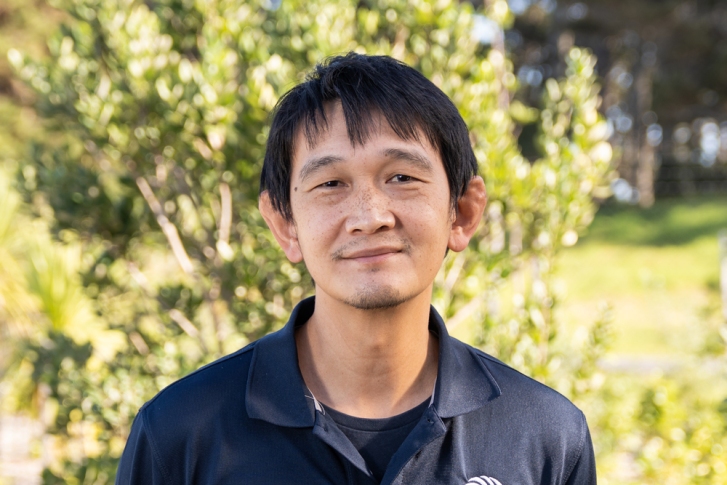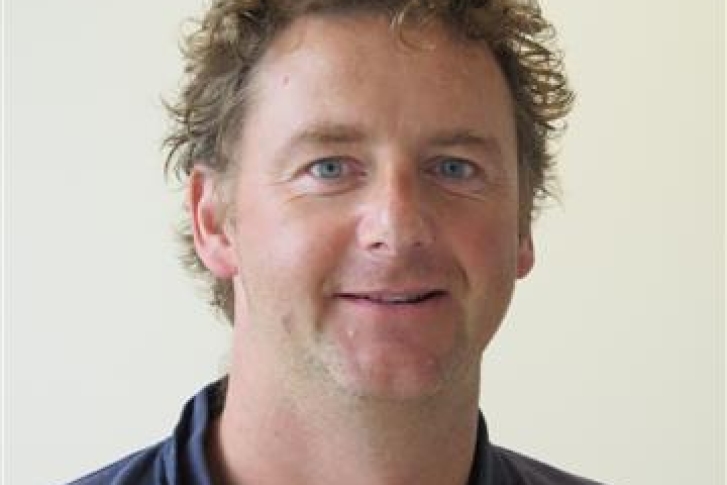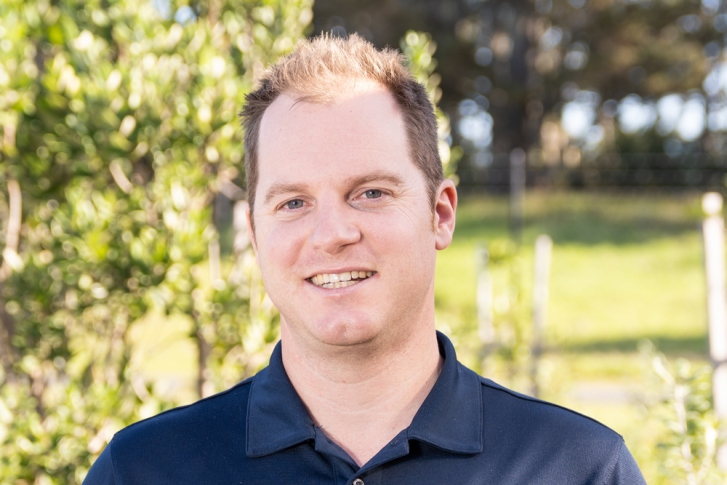Yellowtail kingfish
Scientific name: Seriola lalandi lalandi | Māori name: haku
Yellowtail kingfish are found throughout the warm–temperate waters of the southern hemisphere. Yellowtail kingfish, also known as haku, kingi or yellowtail, is found in New Zealand from the Kermadec Islands to Banks Peninsula during the summer months. In the wild they can reach 1.7 m in length and weigh up to 56 kg. The common name “yellowtail” comes from their bright yellow fins but they also have a distinctive golden-brown stripe running from the snout to the tail. They feed mainly on small fish such as trevally, piper and garfish. Kingfish is a traditional food source for Māori and a highly valued recreational species. New Zealand currently holds the most International Game Fish Association (IGFA) world records for this species.
Why farm yellowtail kingfish?
The species is an ideal candidate for commercial farming in New Zealand. NIWA’s research has shown that the market places farmed haku alongside the best Chinook salmon New Zealand has on offer. Rapid growth, efficient conversion of feed to fish and behaviour amenable to aquaculture conditions, excellent flesh quality for a range of product options (such as whole fillets, sushi and the highly valued sashimi) underscore the opportunity. While there is limited marine-based farming in Australia and land-based production in Europe, there is a scramble to expand production in North America to begin to satisfy the burgeoning demand for this fish. NIWA and New Zealand enjoys a distinct advantage in having an advanced broodstock programme founded on our abundant and genetically diverse wild stocks.
How are yellowtail kingfish farmed?
Japan has a long and successful history of farming Seriola species and currently produces around 150,000 tonnes per annum largely relying on catching fry from the wild and on-growing them in sea cages. Hatchery production of kingfish is now well established in New Zealand, Australia, The Netherlands, Denmark, Chile, and Mexico. Until recently, on-growing to harvest size is done in sea-cages.
Land-based production using Recirculating Aquaculture Systems (RAS) is poised, perhaps except for Japan, to overtake traditional, marine-based farming.
How is NIWA research helping sustainable yellowtail kingfish aquaculture?
We have developed commercial-scale hatchery production technology for kingfish that will allow New Zealand to capitalise on this lucrative opportunity. Our hatchery at the Northland Aquaculture Centre (NAC) at Ruakākā, can consistently produce 500,000 kingfish fingerlings per year (readily scalable to one million), to provide surety for first commercial entrants. The hatchery is supplied with eggs from multiple production broodstocks, each on a discrete seasonal cycle to ensure a year-round supply of eggs. An ongoing elite, multi-generational brood programme provides for continuous genetic improvement of our stocks.
NIWA’s research has found that kingfish are particularly well suited for farming in land-based recirculating aquaculture systems (RAS). They can reach the market size (three kilograms) within 12 months of spawning. Haku thrive in RAS; circular tanks suit their natural schooling and feeding behaviour. The systems for exchanging and refreshing the water are engineered to ensure a consistent, healthy rearing environment.
Our product testing and feedback from early market adopters show that the product has a remarkable shelf life and unquestionable quality. Our kingfish product received first place for the Best in Taste award in 2018 and was runner-up in 2019, as part of the Taste of Auckland festival.
NIWA, with our investment partner, Northland Regional Council, built our first commercial-scale RAS unit to produce up to 600 tonnes of haku per year. We see this module at our Northland Aquaculture Centre in Ruakaka as the first in a series which will be developed at NAC and beyond.
What do you feed your kingfish and where does it come from?
We use a variety of certified and proven feeds for rearing the kingfish from egg to harvest. For the first 20 days, the fish are fed live zooplankton (rotifers and artemia grown on site). After that, juveniles are transitioned onto diets which have been formulated to meet their complete nutritional requirements. As the kingfish grow, the diet adjusts as there are subtle differences in feed composition as their nutritional demands change. Our main supplier of feed is from BioMar in Tasmania, the closest feed manufacturer to New Zealand. The New Zealand aquaculture industry has not yet achieved sufficient scale to support commercial fish feed production.
Growth hormones/promoters or dyes are never used in the New Zealand aquaculture industry. Medications are rarely used for food animal production in New Zealand. When there is a health and welfare concern, medications may form part of the treatment plan and are only administered under veterinary direction. Land-bas RAS affords environmental control and exclusion of pathogens or parasites therefore medication of the stock is not anticipated.
On-growing feeds from specialist aquafeed producers such as BioMar and Cargill's Ewos. Our suppliers have certification for responsible and sustainable sourcing of any marine raw materials included in the diets.
We are committed to using feed from certified sources that have a continued interest in sustainability and research on more efficient specialised diets. NIWA is also researching and developing even more efficient, alternative, sustainable, and low-impact feeds with global feed companies. The goal is to maintain fish welfare and meet their dietary requirements whilst developing opportunities to reduce the percentage of marine products in the diet and improve feed efficiency.






